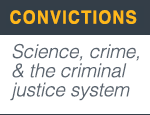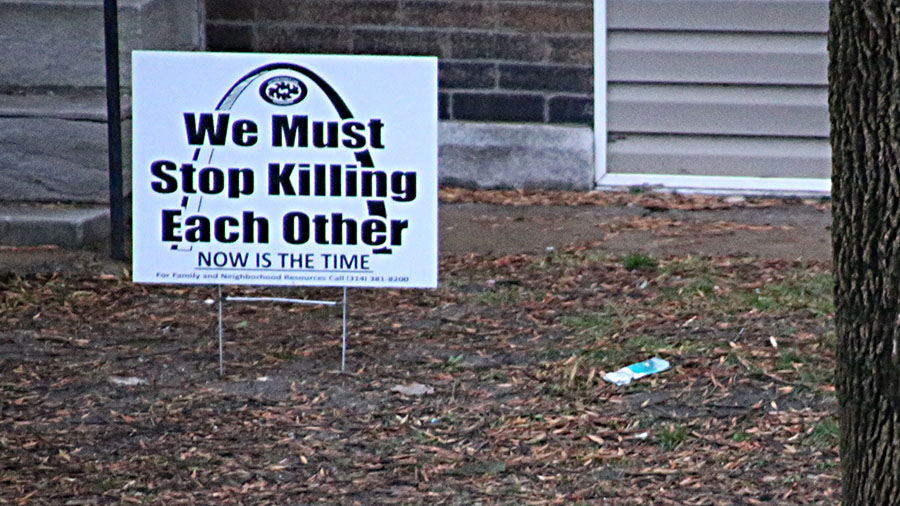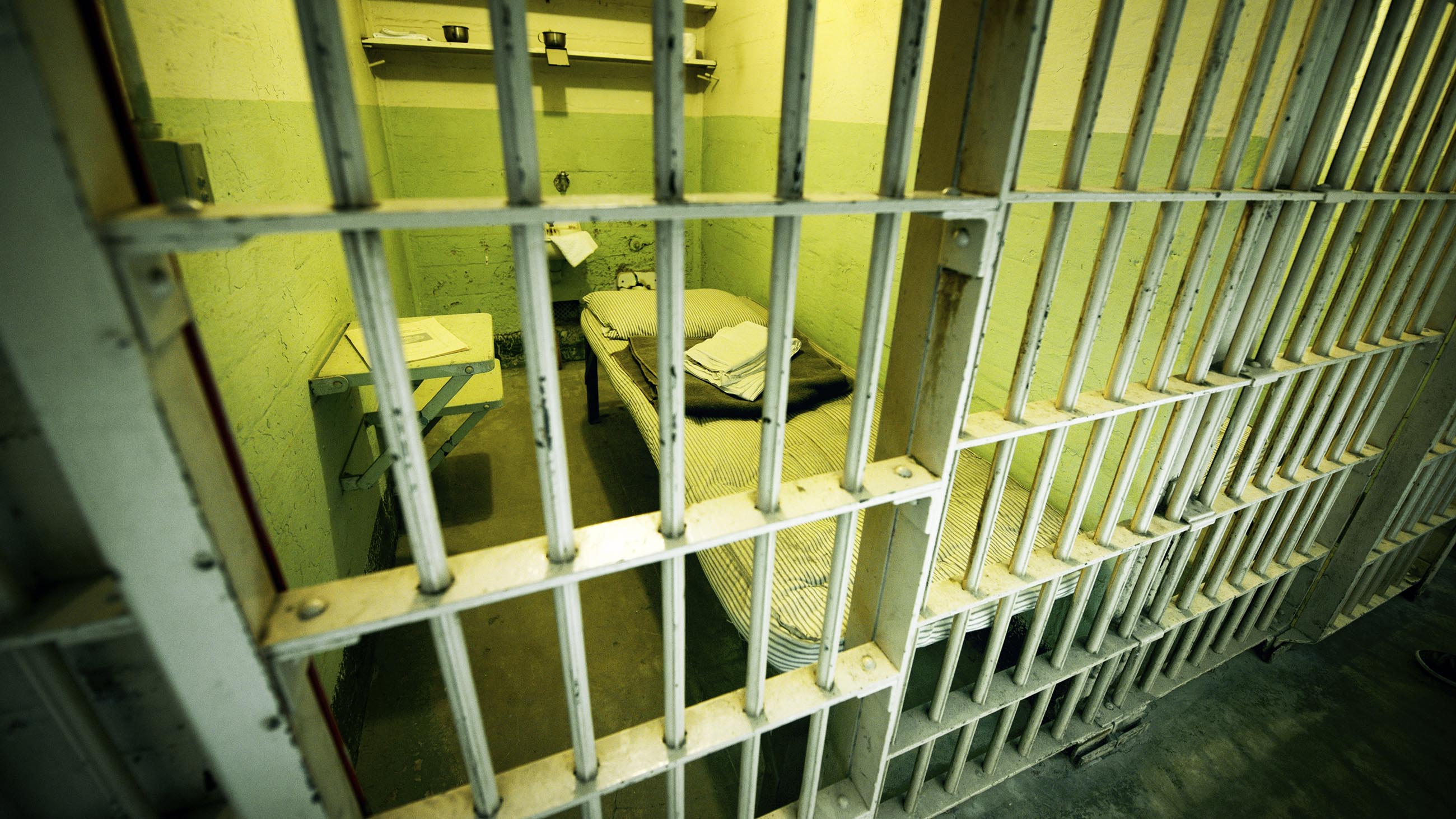Richard Wright was a young professor in the Department of Criminology and Criminal Justice at the University of Missouri-St. Louis when he got a rude awakening from a student in one of his classes. “[He] came up to me after a lecture, during which I was talking about what criminals were really like,” Wright recalled, “and he more or less said to me, ‘With all due respect, you haven’t got the slightest idea what you’re talking about.’”

That was in the early 1980s and the student, Dietrich Smith, turned out to be a former criminal who decided to turn things around after he took six bullets and lost the use of his legs. More than 30 years later, neither Wright nor Smith can remember exactly what bothered Smith about Wright’s lecture that day, but the interaction eventually led to one of the biggest ethnographic studies of working criminals ever conducted.
Beginning in the late 1980s, Wright interviewed 105 burglars and 86 armed robbers — all people that Smith connected him to. These were people who were actively breaking the law and, at the time, getting away with it. They were not informants for the police or prisoners who had been caught.
The interviews suggested that people trying to prevent crime don’t always understand how people think when they are committing crimes. For evidence of this, look no further than the policy of deterrence — the basis for most of the punishments our criminal justice system doles out. Whether it’s prison itself, longer prison sentences, or sending more people to prison for smaller crimes, these prescribed consequences are usually predicated on the idea that a would-be criminal will consider them and then think twice: “Nope, I’m not going to do this,” they’ll rationally decide.” I don’t want that to happen to me.”
Unfortunately, the work of Wright and Smith suggests that real people don’t often make that kind of careful deliberation before they rob somebody, and subsequent decades’ worth of research on the effects of deterrence-based punishments — including mandatory sentencing and the death penalty — have failed to prove that they do anything to reduce crime.
That doesn’t mean criminals aren’t thinking, though. The people Wright and Smith spoke to made plenty of decisions before, during, and after the crimes they committed. It’s just that they were working from a set of choices that make the criminal act seem a bit more rational than it might to the average law-abiding citizen. The people he interviewed were often involved in alcohol and drug use, for example, and didn’t have jobs or any real source of status other than their standing with friends. They didn’t see themselves as having futures. Amid pressing imperatives like feeding a drug habit, earning the respect of peers, or just meeting everyday expenses, robbery and burglary were, for them, simply solutions.
In his book “Burglars on the Job,” Wright described many of his interviewees as people for whom crime became an almost inevitable choice because of other decisions they’d already made. “It is not so much that these actors consciously choose to commit crimes as that they elect to get involved in situations that drive them toward lawbreaking,” he wrote. In those kind of circumstances, when a person is desperate, they’re not usually considering sentencing guidelines. They know what they’re doing is illegal, but that’s about it. Their desperation is the most important thing.
That doesn’t mean they don’t consider some risks. Burglars, for instance, generally avoided houses where they thought people might be home, Wright, now professor and chair of criminal justice and criminology at Georgia State University, also told me. They were afraid of what might happen if they went in. “It scares them to death,” Wright said.

That matches up with what Daniel Nagin, a criminologist and statistician at Carnegie Mellon, has learned about deterrence strategies. He’s published two reviews of the research on deterrence and was the co-editor of the 2012 National Research Council report on deterrence and the death penalty. We really have no idea whether the presence of the death penalty increases homicides, decreases homicides, or has no effect at all, he told me. This is, essentially, the same place the research sat back in 1978 when the National Research Council issued a report heavily critiquing the methods used in a 1975 study that claimed each execution deterred seven or eight homicides.
There were many problems with that 1975 study, and many with the studies that have come since. But one chief issue is that they all drastically overestimate how easily anyone — whether that’s a person committing a grievous crime, or a person calculating the effect of the death penalty on such crimes — can evaluate the actual risk of receiving the death penalty. There are just too many moving parts involved in that risk analysis, from the local political climate, to the number of previous executions in a given state (and, thus, the data available to analyze). Risk of conviction is also a separate matter from the risk of being sentenced to execution — both of which are distinct from the perceived risk of actually being executed.
Expecting anyone to have an accurate grasp of this complex matrix of risks and consequences is preposterous, Nagin said.
Research does show, however, that you can deter crime by nudging would-be criminals to weigh the odds of getting caught in the first place. Like the St. Louis burglars, most people are going to avoid committing crimes in situations where somebody is likely to catch them. It’s the reason liquor stores are robbed more frequently than banks, Nagin said.
Studies of “hot spots” — addresses and intersections that are epicenters for outsized portions of a city’s overall crime — have shown that it’s possible to curb crime this way. In one randomized experiment from 1995, researchers randomly assigned increased police presence to some Minneapolis hot spots. The areas that received the intervention saw a 6-to-13 percent reduction in crime calls. In other words, people might commit fewer crimes if you make it more likely that they will be caught.
So, more cops less crime then, right? Possibly — though Nagin was quick to distinguish the hot spots strategy from so-called “broken windows” policing, the theory that catching and prosecuting perpetrators of small crimes — like riding the bus without paying, jaywalking, or public urination — will, over time, deter big crimes from happening. “There’s no evidence that broken windows policing is an effective way of deterring crime,” he told me. It’s easy to see why: If cities are judging deterrence based on the number of arrests, they’ve already failed. If deterrence is working, after all, there should be fewer arrests, not more.
Instead, Nagin emphasized the effect the mere presence of police can have in a high-crime area. It’s not necessarily about police even doing anything. It’s just about them being there, acting as sentinels on the neighborhood.
But even that is not a foolproof plan for a safe and happy community. After all, where some people see an increased police presence as a hedge against crime, others might see an oppressive force — even something akin to an invading army.
Today, Dietrich Smith still lives in St. Louis, where he is a criminal justice analyst, and the diversity director for Chaminade College Preparatory School. While certainly some people who live in high-crime neighborhoods would like to see more police on the street, he told me, there’s a fine line between that and the awareness that the police who work in those neighborhoods don’t always treat people of color with respect. “There are so many people I know in those high crime areas who are more than willing to work with the police department,” he said. “But when you have incident after incident of them clearly sticking together when you clearly say ‘that’s not right’ … it has a snowball effect.”
The bottom line is that too little research has thus far been done on the long-term impacts of increased police presence — sometimes called proactive policing — in high-crime areas, according to Charles Manski, an economist at Northwestern University who studies public policy and uncertainty. He’s part of a National Academies committee that’s writing a report on proactive policing. There are no conclusions yet, and the report won’t be out for another year or two, but Manski believes those policies can have multiple effects — some intended, some unintended.

These lawn signs in St. Louis might do more to deter crime than increased police presence. They say: “I will tell on you.” (Visual by CC/Paul Sableman)
It’s possible, even, to succeed at an intended goal in the short term, while undermining it in the long term. “You might deter certain crimes and lessen the legitimacy of police,” he said. “For a lot of people it’s hard to deal with anything where two forces go in opposite directions. We want simple stories. More policing bad, or more policing good.”
The reality, of course, is messier — with outcomes hinging not just on whether an area is policed, but how it’s policed — and whether the sentinels are also building community trust, showing respect, and gaining goodwill.
As an alternative to adding more police, Smith suggested that communities themselves can work to increase the perception among would-be criminals that they face real risks of getting caught. He pointed to a group in St. Louis, called We Must Stop Killing Each Other, which is putting up yard and window signs all over high-crime neighborhoods.
“People say ‘it’s just a yard sign’ — no it’s not,” Smith said. “Those criminals know every sign in front of those homes — those are potential people who are going to tell on you.”
Maggie Koerth-Baker is an American science journalist, former New York Times Magazine columnist, and current senior science reporter for the website FiveThirtyEight.










